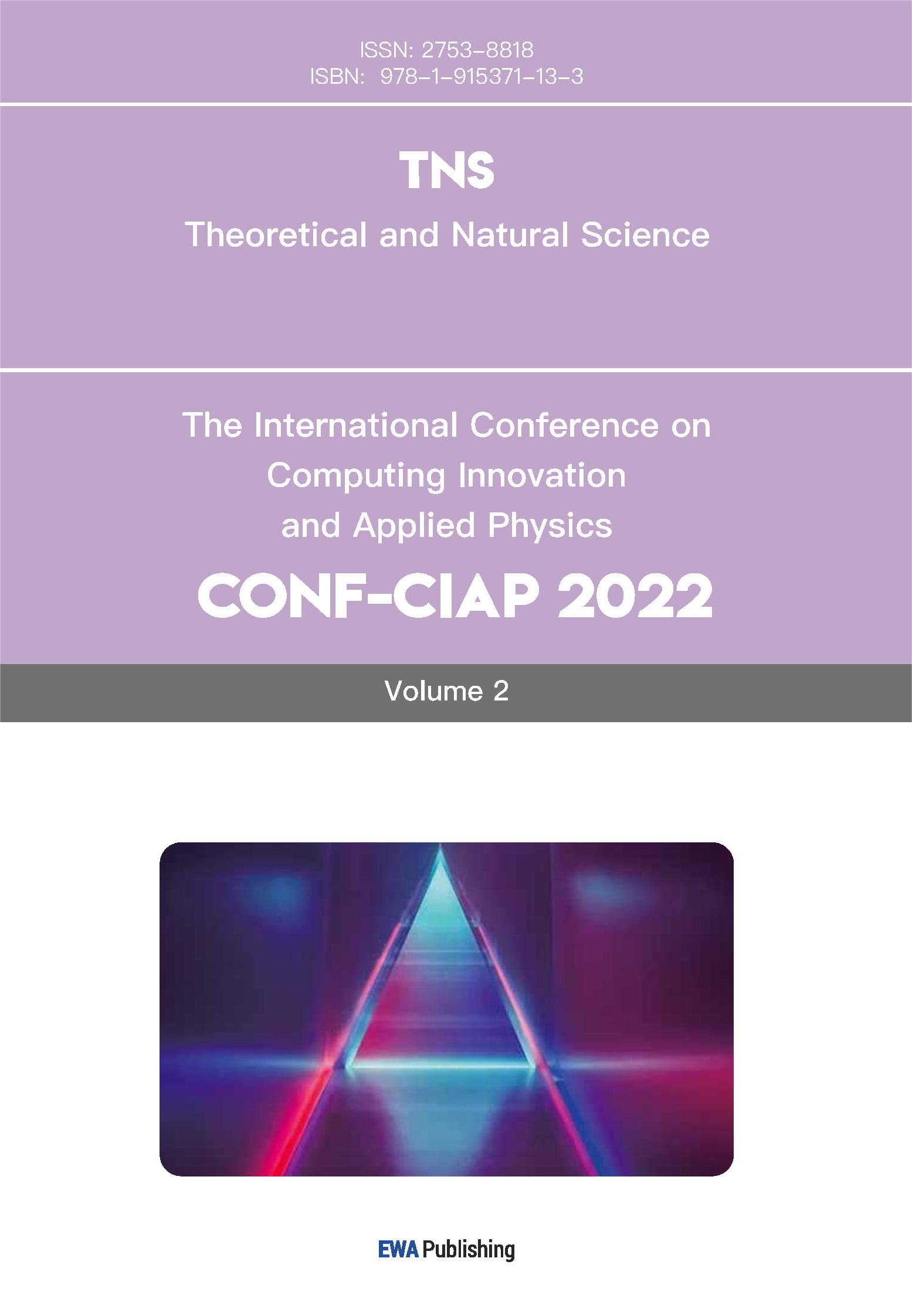References
[1]. Omara, M., Mekhemer, S., Mansour, S., and Ahmed, Y. (2025) Ridge splitting using autogenous bone wedge versus the conventional intercortical augmentation technique in horizontally deficient anterior maxilla: a randomized clinical trial. BMC oral health, 25(1), 955.
[2]. De Rossi, E. F., Iida, T., Carpita, D., Iorio, M., Guzon, F. M. M., Iezzi, G., and Botticelli, D. (2025) Overbuilding techniques for thin buccal bone in immediate implant placement: an experimental study in dogs. Oral and maxillofacial surgery, 29(1), 80.
[3]. Nolte, D., Angermair, J., Bradatsch, H., Ewers, R., Alfertshofer, M., Linsenmann, R., Otto, S., and Huth, K. C. (2025) Horizontal vascular-stalked split osteotomy (HVSO): a bone augmentation technique for the atrophic jaw- a retrospective cohort study in 29 patients. International journal of implant dentistry, 11(1), 18.
[4]. Chang, Y. C., Zhu, N., Liu, J., Gao, X., Chen, G., and Zhang, Y. (2025) Evaluating the Effects of Dynamic Navigation on the Accuracy and Outcomes of the Autogenous Bone Ring Technique for Vertical Ridge Augmentation: A Pilot Randomized Controlled Trial. Clinical oral implants research, 36(5), 650-661.
[5]. Lopez, M. A., Passarelli, P. C., Netti, A., Marianelli, F., Wychowański, P., Garcia-Godoy, F., and D'Addona, A. (2024) A new technique of alveolar bone augmentation: "Pack into Bone". A retrospective case-series study. American journal of dentistry, 37(SIA), 41A-44A.
[6]. Srivastava, K., and Kothawar, S. (2024) Modified Palatal Roll Flap: A Novel Technique for Horizontal Ridge Augmentation. Cureus, 16(4), e58890.
[7]. Cucchi, A., Maiani, F., Franceschi, D., Sassano, M., Fiorino, A., Urban, I. A., and Corinaldesi, G. (2024) The influence of vertical ridge augmentation techniques on peri-implant bone loss: A systematic review and meta-analysis. Clinical implant dentistry and related research, 26(1), 15-65.
[8]. Durrani, F., Vishnu, J. P., Taslim, A., Imran, F., Kumari, E., and Pandey, A. (2023) Palatal bone block: A predictable bone augmentation technique for restricted maxillary defect. Journal of Indian Society of Periodontology, 27(5), 530-535.
[9]. Sáez-Alcaide, L. M., González Gallego, B., Fernando Moreno, J., Moreno Navarro, M., Cobo-Vázquez, C., Cortés-Bretón Brinkmann, J., and Meniz-García, C. (2023) Complications associated with vertical bone augmentation techniques in implant dentistry: A systematic review of clinical studies published in the last ten years. Journal of stomatology, oral and maxillofacial surgery, 124, 101574.
[10]. Bohner, M., Santoni, B. L. G., and Döbelin, N. (2020) β-tricalcium phosphate for bone substitution: Synthesis and properties. Acta biomaterialia, 113, 23–41.
[11]. Nunes, M. P., de Macedo, L. G. S., Santamaria, M. P., Ribeiro, J. C., Moy, P. K., and Pelegrine, A. A. (2023) Barbell Technique for Three-Dimensional Bone Augmentation. Case reports in dentistry, 2023, 4180372.
[12]. Bandela, V., Shetty, N., Munagapati, B., Basany, R. B., and Kanaparthi, S. (2022) Comparative Evaluation of Osseodensification Versus Conventional Osteotomy Technique on Dental Implant Primary Stability: An Ex Vivo Study. Cureus, 14(10), e30843.
[13]. Buser, D., Urban, I., Monje, A., Kunrath, M. F., and Dahlin, C. (2023) Guided bone regeneration in implant dentistry: Basic principle, progress over 35 years, and recent research activities. Periodontology 2000, 93(1), 9-25.
[14]. Tolstunov, L., Hamrick, J. F. E., Broumand, V., Shilo, D., and Rachmiel, A. (2019) Bone Augmentation Techniques for Horizontal and Vertical Alveolar Ridge Deficiency in Oral Implantology. Oral and maxillofacial surgery clinics of North America, 31(2), 163-191.
[15]. Sanz-Sánchez, I., Sanz-Martín, I., Ortiz-Vigón, A., Molina, A., and Sanz, M. (2022) Complications in bone-grafting procedures: Classification and management. Periodontology 2000, 88(1), 86–102.



